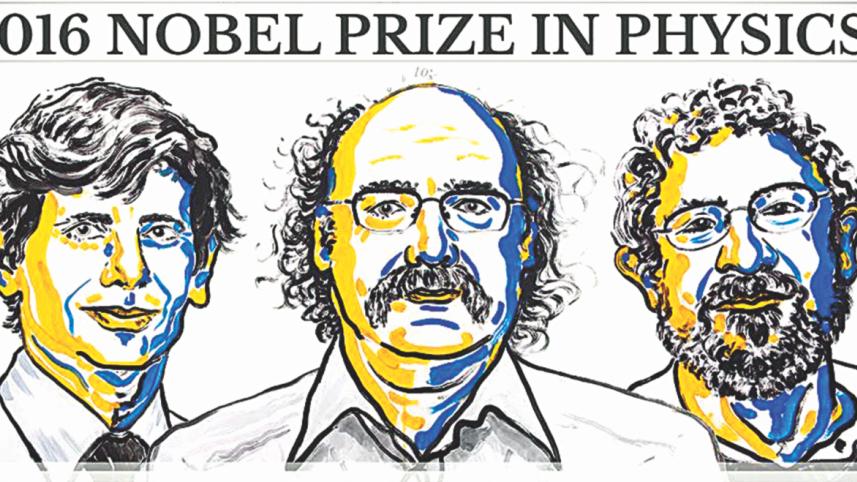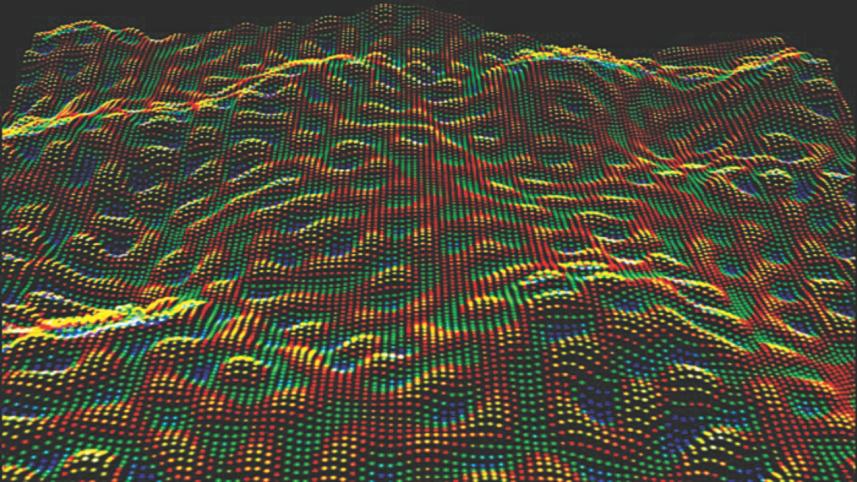Exotic Matters: 2016 Nobel prize in physics

The Nobel Peace prize and that of Economics has recently faced a number of criticisms, plagued by a favouritism for what many feel are less than deserving candidates. Lady Science is rarely disputed, however, as a strict reliance on the scientific method pretty much ensures that the candidates' achievements aren't called into question. This year, three physicists were jointly awarded the Nobel Prize in Physics, for the work that brought better understanding of exotic matter.
Half the prize of the world's highest accolade in Physics was given to David Thouless of the University of Washington, the other half shared between Duncan Haldane of Princeton University and J. Michael Kosterlitz of Brown. All of them are originally citizens of the United Kingdom.
The world of Physics has long wondered about the strange phenomenon shown by materials at extreme temperatures, such as cold materials conducting electricity without any resistance. Two of the three physicists, David Thoules and Michael Kosterlitz, demonstrated in the late 70's that superconductivity can occur at low temperatures and explained the mechanism through which this works – phase transition – that makes superconductivity disappear at higher temperatures. Duncan Haldane followed up that initial research almost a decade later, where he studied matter that could form threads so thin that they could be considered one dimensional.
The outcome of these studies could prove to be revolutionary for the electronics industry and change the way everything from phones to cars work. The next generations of conductors are supposed to be "topological insulators", which can conduct electricity solely on the surface. One such insulator is known as Stanene, which is made up of tin that is only as thick as one atom layer, and can potentially conduct electricity at high temperatures with little resistance. This may replace copper as the chief conducting material in computer components in the future.

The winning Physics study went head to head with the detection of gravitational waves at LIGO, ultimately winning because the gravity-waves discovery announcement by LIGO missed the Nobel committee's deadline.
It often takes years for theoretical physics to make it to viable engineering in the real world, but the world of electronics and superconductors is tied closely with the tech industry, where you either innovate or you die out. With that kind of high stakes, we might see these new type of superconductors make it to the market sooner than believable.




 For all latest news, follow The Daily Star's Google News channel.
For all latest news, follow The Daily Star's Google News channel.
Comments